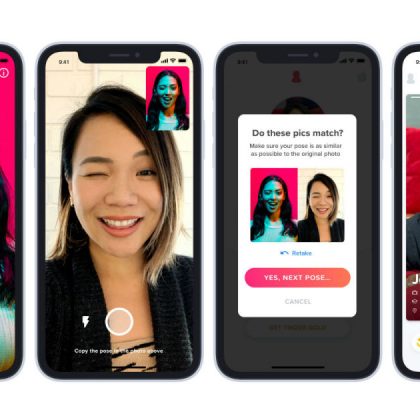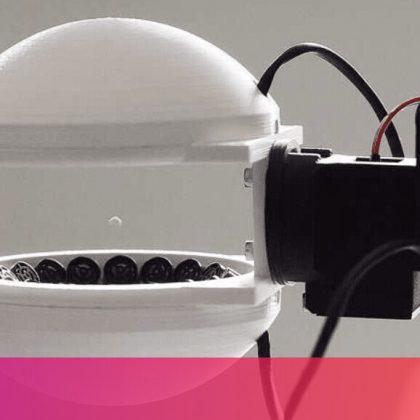Chalk one up for the rumor mill:
Bluetooth Philips Hue bulbs are officially a thing — and they’re available wherever Hue products are sold starting today.
For years, Philips Hue’s smart lights have used the Zigbee wireless protocol to communicate with each other, and with the Hue Bridge that controls them and acts like a Zigbee translator for your router.
Earlier this month, rumors began to swirl that Philips Hue parent company Signify was working on new Hue bulbs that added Bluetooth support — bulbs like those would let you skip the Hue Bridge altogether and pair directly with your phone, instead. Those rumors now appear to have been confirmed.
“With our Philips Hue Bluetooth smart lighting, we’re making it easy to experiment and have fun with light at home,” says Jasper Vervoort, Business Leader, Home Systems & Luminaires for Signify’s Philips Hue team. “All it requires is the smartphone you already have.
“Signify is starting with its three main smart lights in both a traditional A-shaped design and as BR30-shaped floodlights — a total of six new Bluetooth Hue bulbs. Prices are the same regardless of which shape you need. Standard, plain white bulbs cost $15 each, “White Ambiance” bulbs that let you adjust the white light color temperature cost $25 each and the fully color-changing versions cost $50 each. Those are the same prices as the old versions that only included Zigbee radios, so you aren’t paying any extra for the addition of Bluetooth.
Notably, this is the first time that Signify has offered a floodlight version of the standard, $15 Hue White LED. That bulb is already one of our favorite values among A-shaped smart lights, so the new $15 floodlight version should make for a welcome (and overdue) addition to the lineup. Previously, your cheapest Philips Hue floodlight option was the White Ambiance BR30 LED, which sells in a 2-pack for $45. The new Bluetooth versions will continue to sell in that same, $45 2-pack, as well.
The addition of Bluetooth does, in fact, mean that you can control these bulbs from your phone right of the box, no Hue Bridge needed — but you won’t control them using the usual Hue app. Instead, you’ll use a new, stripped-down, Bluetooth-specific Hue app. It allows for basic control of the lights, like turning things on and off, adjusting color and brightness and saving and triggering scenes.
The new app doesn’t support higher-end features such as Hue Entertainment lighting zones that sync with your TV, Google Assistant wake-up fades or the ability to control the lights via IFTTT or with Siri commands via Apple HomeKit. If you want to
Read More





